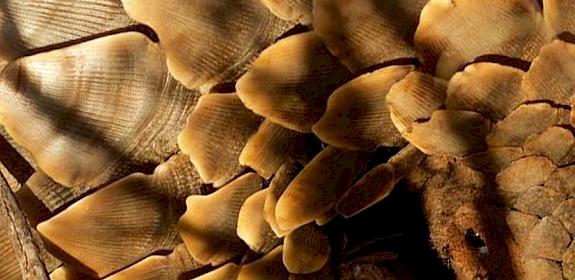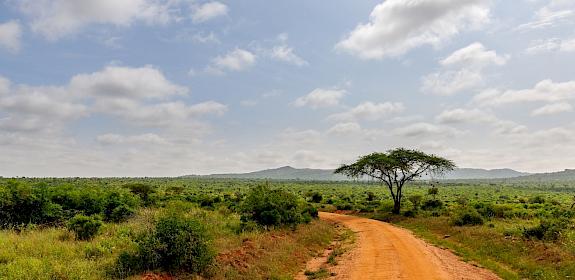Notes:
1) The seven species studied for the report were:
Desert Cistanche Cistanche deserticola, native to China and Mongolia, its dried stems have been used for thousands of years in traditional Chinese medicine to treat a variety of conditions including kidney problems, constipation, impotence, and infertility.
Elephant's Foot Dioscorea deltoidea, native to Afghanistan, Bhutan, Cambodia, China, India, Lao PDR, Nepal, Pakistan, Thailand and Viet Nam, the dried rhizomes are used both as traditional medicine in higher elevation regions of Nepal, Bhutan, northern India and Pakistan and southwestern China to treat a variety of mainly gastric problems, and as a source of steroidal drugs for western medicine.
Jatamansi Nardostachys grandiflora, native to China, Bhutan, India and Nepal, the roots and rhizomes have been used for centuries in India in the treatment of fits and heart palpitations, to treat constipation and regulate urination, menstruation and digestion.
Kutki Picrorhiza kurrooa, native to India and Pakistan, whose rhizomes are widely used in Ayurvedic and Unani traditional medicines in India as an antibiotic and to treat liver ailments.
Red Sanders Pterocarpus santalinus, native to India, its heartwood is used in the treatment of diabetes and to reduce inflammation, and the timber is used to make furniture and as a source of red dye.
Snakeroot Rauvolfia serpentina, native to Bangladesh, Bhutan, China, Indonesia, India, Lao PDR, Malaysia, Myanmar, Nepal, Sri Lanka, Thailand and Viet Nam, the roots have been used for centuries in India in the treatment of various central nervous disorders, including anxiety states, maniacal behaviour associated with psychosis, schizophrenia, insanity, insomnia, and epilepsy. Extracts are also used for the treatment of intestinal disorders and as an anthelmintic.
Himalayan Yew Taxus wallichiana, native to Afghanistan, Bhutan, China, India, Indonesia, Malaysia, Myanmar, Nepal, Pakistan, the Philippines and Viet Nam, the bark and leaves are used in India in Unani medicine as a sedative, an aphrodisiac, and for the treatment of respiratory diseases and snake bites and scorpion stings, whilst in Ayurvedic medicine it is used in the treatment of headache, diarrhoea and other ailments. In recent years, it has been used as a source of taxanes, which have found worldwide use in the treatment of certain cancers.
2) An award-winning film on the newly developed International Standard for Sustainable Collection of Wild Medicinal and Aromatic Plants (ISSC-MAP) is viewable here.
The film was awarded the Slovak Republic's Ministry of Health prize at the 35th International Festival of Sustainable Development Films earlier this month.




